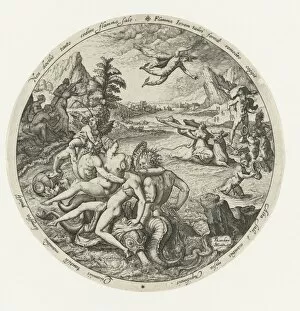White Bull Collection
"The Majestic White Bull: A Symbol of Power, Beauty
All Professionally Made to Order for Quick Shipping
"The Majestic White Bull: A Symbol of Power, Beauty, and Mythology" From the captivating artwork of Valentin Serov's "Abduction of Europa" to the divine depiction of Shiva mounted on Nandi, the white bull has long been a subject that fascinates artists across cultures. Its significance can be traced back to ancient Greek mythology, where it played a central role in the tale of "The Rape of Europa. " This mythological event inspired numerous masterpieces like Titian's "The Rape of Europa" and Rembrandt's "The Rape of Europa, " both showcasing the tragic abduction. In Indian art, bulls hold immense importance as well. The representation of Shiva with his faithful companion Nandi symbolizes strength and loyalty. The intricate details captured in works such as "Indian Bull" highlight the reverence given to these creatures in Hindu culture. Moving away from mythology, we find J. M. W. Turner's study for Gordale Scar capturing nature's grandeur with a touch of mystery. In this landscape painting lies a subtle reference to Ovid's Metamorphoses through its title - reminding us once again how tales intertwine throughout history. Even beyond classical myths or historical references, white bulls have left their mark on art through their sheer beauty. Whether it is Pasture black white bull by an unknown artist or Sketch for Gordale Scar by Turner himself, these paintings showcase the elegance and grace possessed by these magnificent creatures. As we delve into each artwork featuring the white bull motif, we are reminded not only of its visual appeal but also its symbolic significance throughout different cultures and periods in history. From being associated with power and royalty to embodying devotion and natural wonderment – this enigmatic creature continues to captivate our imagination even today.









